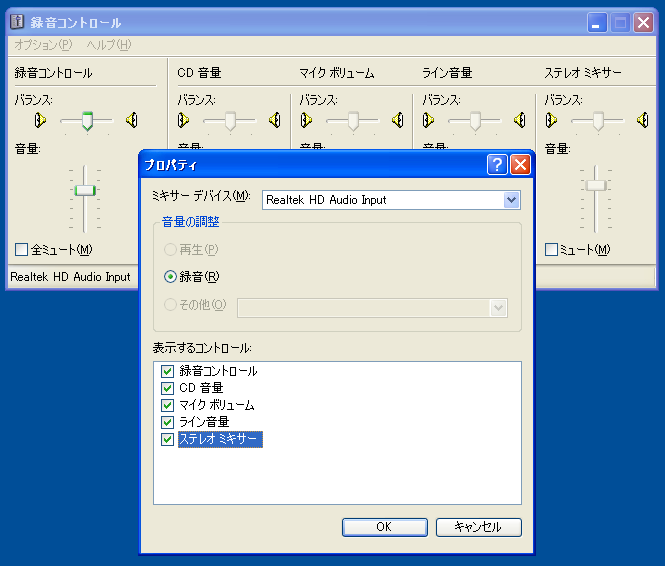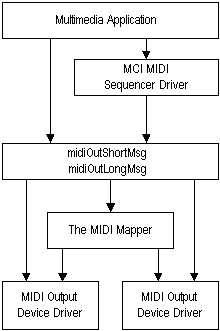

- #Windows audio loopback record how to
- #Windows audio loopback record install
- #Windows audio loopback record android
Click on Audio Record Toolapplication icon. Once you found it, type Audio Record Tool in the search bar and press Search. Now, open the Emulator application you have installed and look for its search bar. If you do the above correctly, the Emulator app will be successfully installed.
#Windows audio loopback record install
Now click Next to accept the license agreement.įollow the on screen directives in order to install the application properly. Once you have found it, click it to install the application or exe on your PC or Mac computer. Now that you have downloaded the emulator of your choice, go to the Downloads folder on your computer to locate the emulator or Bluestacks application. Step 2: Install the emulator on your PC or Mac You can download the Bluestacks Pc or Mac software Here >. Most of the tutorials on the web recommends the Bluestacks app and I might be tempted to recommend it too, because you are more likely to easily find solutions online if you have trouble using the Bluestacks application on your computer.

If you want to use the application on your computer, first visit the Mac store or Windows AppStore and search for either the Bluestacks app or the Nox App >.
#Windows audio loopback record android
)Ġ0:1f.3 Audio device: Intel Corporation Cannon Lake PCH cAVS (rev 10)Ġ1:00.Step 1: Download an Android emulator for PC and Mac **** List of PLAYBACK Hardware Devices ****Ĭard 0: PCH, device 3: HDMI 0 **** List of CAPTURE Hardware Devices ****Ĭard 0: PCH, device 0: ALC298 Analog Server Name: PulseAudio (on PipeWire 0.3.23)ĭefault Sample Specification: float32le 2ch 48000Hzĭefault Channel Map: front-left,front-rightĭefault Sink: alsa_output.pci-0000_00_1f.3.analog-stereoĭefault Source: alsa_input.pci-0000_00_1f.3.analog-stereo Server String: /run/user/1000/pulse/native I was using pulseaudio but now I'm using pipewire with pulse audio and the problem is the same as it was before.Įdit1: btw, I'm using kde/plasma up to date and there was no options on the system settings that would indicate that this was an intentional behavior. I can say that if I connect a separated mic, like a webcam and use it's mic, the output audio does not get redirect to the input, but that is a pain in the ass, and most of the time, I can only connect my headphones(whatever they are, the problems persist as long as they go through the same connector). It is impossible to use Linux on my computer like this. EVERY sound on my computer gets back as input into calls and conferences.
#Windows audio loopback record how to
Even if I put the audio at minimum volume and the mic isolated by something, I still get the audio at the same volume in the mic device, no matter what I do.ĭoes anyone know how to disable this behavior? It is so irritating. It's only when I go to arch that every output gets redirected to the mic device. I thought it could be the headphone, but on windows it works fine. I have a razer blade advanced 2018 and somehow, any audio output comes back to input(mic) if I have headphone and mic connected to the audio jack(that connector that has both together).


 0 kommentar(er)
0 kommentar(er)
